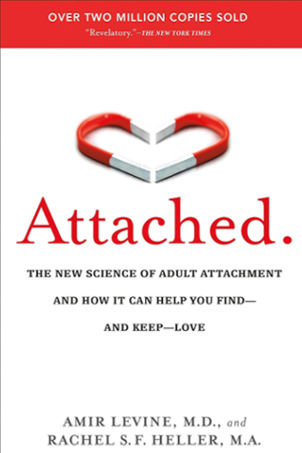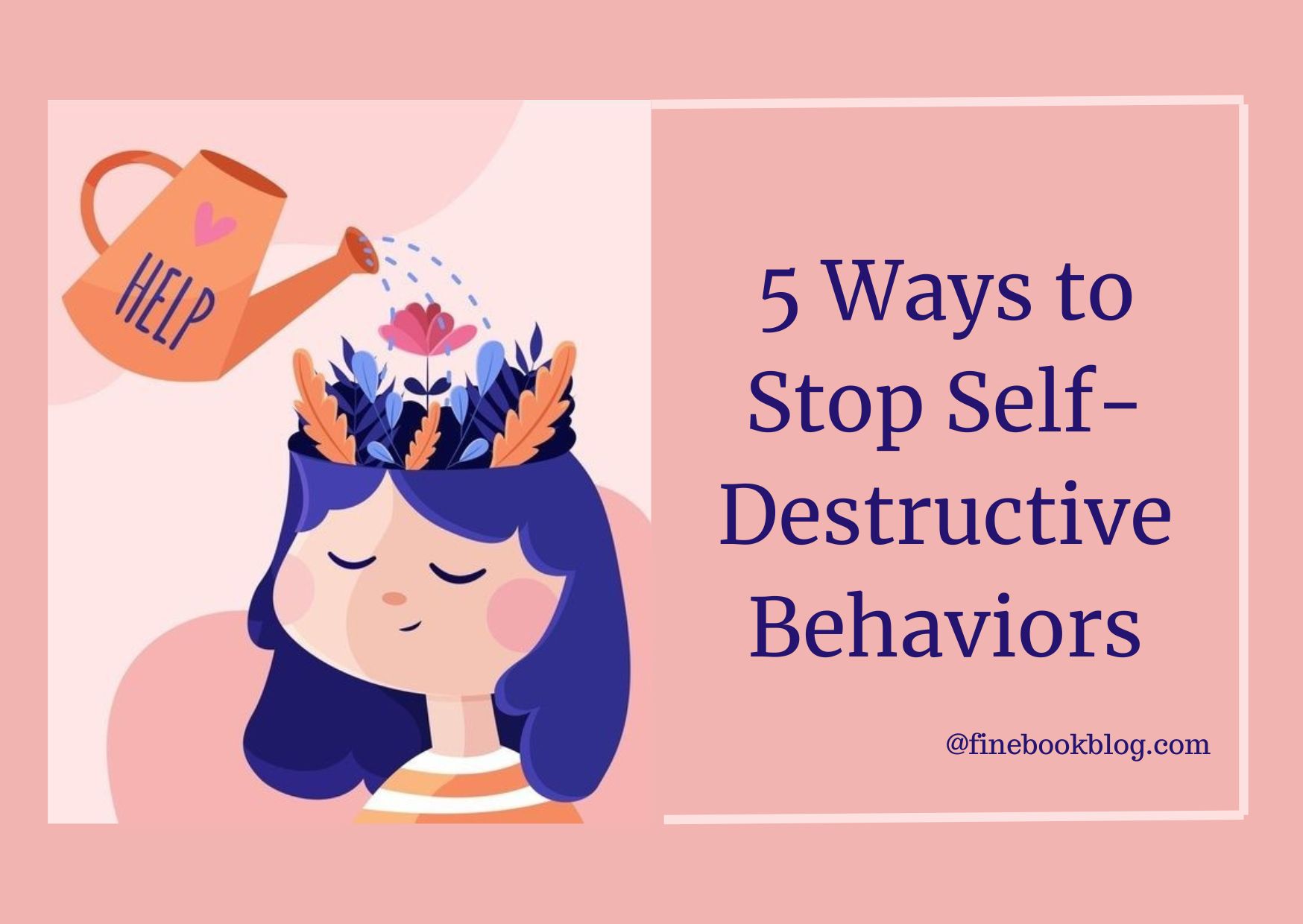We all know how easy it is to fall into the trap of self-destructive behavior. It’s like you’re caught in a never-ending loop, unable to break free.
But here’s the thing: you don’t want to be this way. You deserve to live your life to its best. In this article, we have covered everything you want to know about self-harming behavior.
With the right tools and support, you can break these patterns and start living a healthier, happier life.
Let’s take a closer look at why you engage in self-destructive behaviors, how they affect you, and what you can do to quit them for good.
Meaning of Self-Destructive Behaviors
To know how to cope with self-destructive behavior, first, we need to understand the meaning of self-destructive behaviors.
According to a study published in The Encyclopedia of Juvenile Delinquency and Justice, “self-destructive behaviors” refer to a range of self-harming acts, including suicidal thoughts and behavior, nonsuicidal self-injury, and reckless behaviors.
People with self-destructive behavior show patterns of harming themselves physically, emotionally, or mentally. These behavioral patterns psychologically provide temporary relief or pleasure but lead to negative consequences in the long run.
Examples of Self-Destructive Behaviors
Here are some of the examples of self-destructive behaviors:
- Any kind of addiction like substance abuse, alcohol, video games, or internet addiction.
- Risky activities such as reckless driving, unsafe sex, or unprotected exposure to harmful substances
- Self-sabotaging behaviors: Cutting, burning, or intentionally causing harm to oneself.
- Reckless sexual behavior
- Suicidal ideation or attempts
- Self-isolation
- Binge eating disorders
- Compulsive gambling.
- Spending money excessively
- Working excessively long hours
- Avoiding responsibilities, tasks, or situations
- Expressing anger or frustration indirectly through subtle behaviors like sulking, procrastination
- Lack of self-care and hygiene
- Acting impulsively without considering the consequences
- Physical or verbal aggression toward others
Why Do People Engage in Self-Destructive Behaviors?
Individuals resort to self-harm as a means of coping with overwhelming emotions or distress. There are many reasons people indulge in self-destructive behaviors.
- Coping mechanisms: People may turn to self-destructive behaviors as a way to cope with stress, anxiety, depression, trauma, or other emotional challenges.
- Low self-esteem: Negative self-talk, self-doubt, and low self-worth can drive individuals to engage in self-destructive behaviors as a means of validating their feelings of inadequacy.
- Peer pressure: The influence of friends or social groups can encourage individuals to participate in harmful activities, such as drug use or dangerous stunts.
- Trauma: People who have experienced physical, emotional, or sexual abuse may resort to self-destructive behaviors as a coping mechanism or attempt to numb their emotional pain.
- Boredom: Lack of excitement or fulfillment in daily life might lead some individuals to seek thrills through risky behaviors.
- Mental health conditions: Certain mental health disorders, such as borderline personality disorder or bipolar disorder, can increase impulsivity and lead to self-destructive tendencies.
What is the root of self-destructive behavior?
According to a study conducted on 74 individuals, the root cause of self-harming behavior is childhood trauma. Researchers concluded that childhood abuse and trauma initiates self-destructive behavior. The lack of secure relationships and attachments helps to maintain it.
The Impact of Self-Destructive Behaviors
Short-Term Consequences
Self-destructive behaviors can have immediate negative effects on your overall quality of life. Some short-term consequences include:
- Physical harm: Engaging in risky behaviors can result in injuries, illnesses, or even death.
- Emotional distress: Self-destructive behaviors can exacerbate existing mental health issues, leading to increased anxiety, depression, or suicidal thoughts.
- Relationship problems: Harmful behaviors can strain relationships with family, friends, and romantic partners.
- Financial difficulties: Compulsive spending, gambling, or other financially risky behaviors can lead to debt, bankruptcy, or legal troubles.
- Legal issues: Engaging in illegal activities, such as drug possession or drunk driving, can result in fines, imprisonment, or a criminal record.
Long-Term Consequences
The long-term effects of self-destructive behaviors can be devastating and irreversible. Some possible outcomes can be:
- Health problems: Chronic engagement in harmful behaviors can lead to chronic diseases, organ damage, or permanent disabilities.
- Mental health struggles: Continued participation in self-destructive behaviors can reinforce negative thought patterns, making it more challenging to address underlying mental health concerns.
- Social isolation: Alienation from loved ones, loss of friendships, and difficulty forming new connections due to a reputation for destructive behavior.
- Stunted personal growth: Focusing on self-destructive tendencies can prevent individuals from pursuing meaningful goals, and developing healthy relationships.
How To Stop From Self-Destructive Behaviors?
Quitting self-destructive behaviors is a challenging journey, but it’s possible with the right mindset, support, and strategies.
Seeking Professional Help
Seek help from a therapist or psychologist to cope with your self-destructive behaviors. Mental health professionals can help you develop coping skills, and improve self-awareness.
Open up about your past traumas or emotional issues. Try not to lie or hide anything from your therapist. You can also go for cognitive-behavioral therapy (CBT), which focuses on identifying and changing your negative thought patterns.
Identifying Your Triggers
Keep a journal to track when you engage in self-destructive behaviors and what triggers them. This will help you in identifying your triggers. Develop strategies to avoid those triggers.
Common triggers include stress, boredom, certain people or situations, or specific emotions.
Building Healthy Coping Mechanisms
Try to replace your self-harming trigger with a positive habit that releases healthy dopamine in your brain. Incorporate habits that promote relaxation, creativity, or personal growth.
Fostering hobbies like exercise, meditation, reading, painting, or listening to music may play a great role in handling your triggers.
Developing healthy coping strategies takes time and experimentation, so be patient and persistent.
Surround Yourself With Positive People
Let go of toxic people and past situations. Surround yourself with supportive people who encourage your progress toward a healthier lifestyle.
Join online communities, or participate in group therapies to connect with others who share similar struggles.
Set Realistic Goals and Rewards
Establish achievable goals and reward yourself for milestones reached. Break down larger objectives into smaller, manageable tasks to maintain motivation and momentum.
No matter how small is the change, just celebrate your success. This will reinforce positive behaviors and build your confidence.
3 Self-Help Book Recommendations to Stop Self-Destructive Behaviors
Reading is the best way to cope with stress and learn new skills. Here are 3 book recommendations from us. These books are focused on habit formation, building self-esteem, and healthy relationships.
Atomic Habits by James Clear

This book offers practical strategies for building good habits and breaking bad ones. It explains how small changes in behavior can lead to significant improvements.
This book will help you create a system for implementing positive habits that can replace self-destructive behaviors.
Attached by Amir Levine and Rachel Heller

In this book, you will learn the science behind attachment styles and how they impact our relationships.
It provides insight into how your early experiences shape your attachment patterns. It offers practical strategies for building healthy, fulfilling relationships.
The Self-Esteem Workbook by Glenn R. Schiraldi

This book provides practical exercises and strategies to help readers build self-esteem and overcome self-destructive patterns.
It covers topics such as identifying and challenging negative self-talk, setting boundaries, and developing a positive self-image.
Conclusion
In this article, we learned the meaning of self-destructive behavior, its types, and its impacts on an individual’s life. People with childhood trauma and low self-esteem are more vulnerable to self-harming behaviors.
With the right guidance and seeking support, you are already halfway there. Breaking free from these habits requires your willpower. If you see self-harming signs in your behavior, seek professional help.
You can also look for self-help book recommendations. These self-help books are written after a good amount of research. Expert science-backed insights and strategies in these books can help in making your situation better.
Remember, small steps today can lead to significant improvements tomorrow. Nothing is impossible if a person has the willpower to change. Take action now and start your journey towards a better you.
Be kind and take care of people around you.


